Description
Hydrangeas are a genus of flowering plants known for their lush, voluminous clusters of blossoms and vibrant colors. Native primarily to Asia and the Americas, these ornamental shrubs have become a staple in gardens worldwide due to their striking visual appeal and relatively easy cultivation.
Varieties and Colors: There are over 70 species of hydrangeas, with the most common being the Bigleaf Hydrangea (Hydrangea macrophylla), Panicle Hydrangea (Hydrangea paniculata), and Smooth Hydrangea (Hydrangea arborescens). The flowers can range in color from white, pink, blue, to even shades of purple and green. Interestingly, the color of certain hydrangea species, especially the Bigleaf variety, can be influenced by the soil’s pH level. Acidic soils (low pH) tend to produce blue flowers, while alkaline soils (high pH) yield pink ones.
Growth and Care: Hydrangeas thrive in well-drained, moist soils and prefer partial shade, although some varieties can tolerate full sun. They typically bloom from late spring to early autumn. Regular pruning can help maintain their shape and promote vigorous blooming. It’s essential to note that pruning times can vary depending on the species; for instance, some bloom on old wood while others on new growth.
Symbolism and Uses: Beyond their aesthetic appeal, hydrangeas carry various symbolic meanings across cultures, often representing gratitude, grace, and abundance. They’re a popular choice for bouquets, landscaping, and even as dried flowers due to their longevity and beauty.
In summary, hydrangeas are versatile and captivating plants that bring a touch of elegance to any setting, whether in a garden, a vase, or as part of cultural traditions.

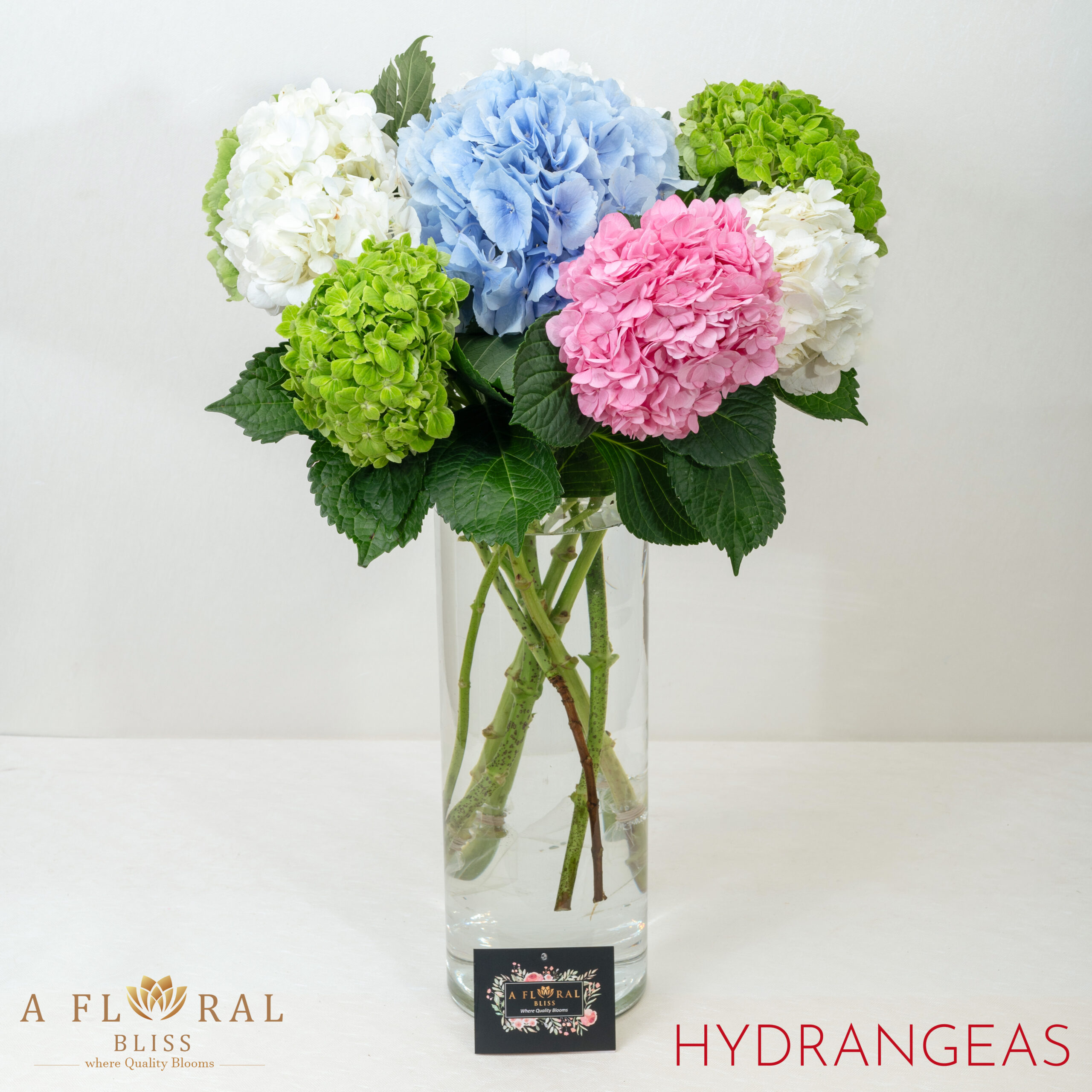
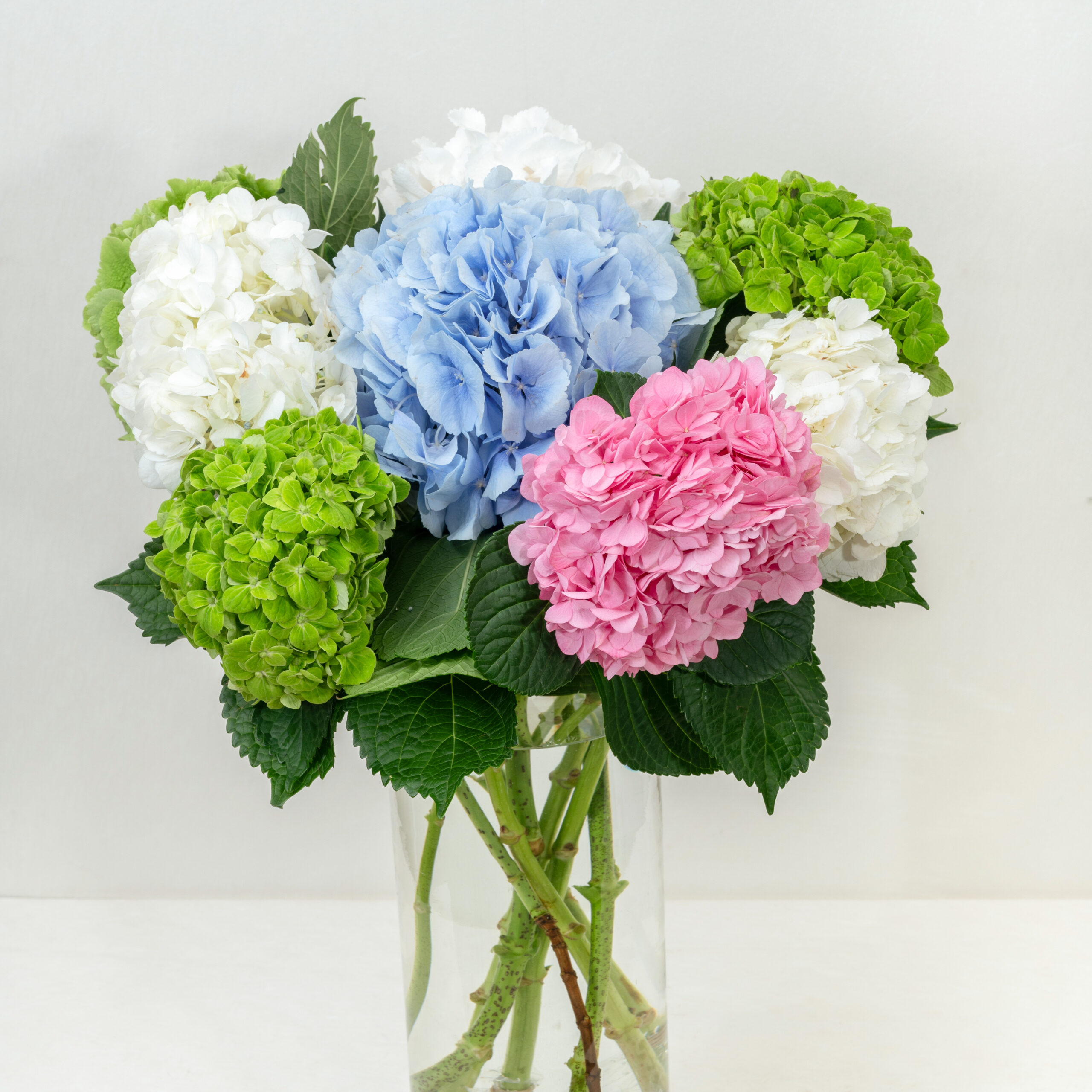
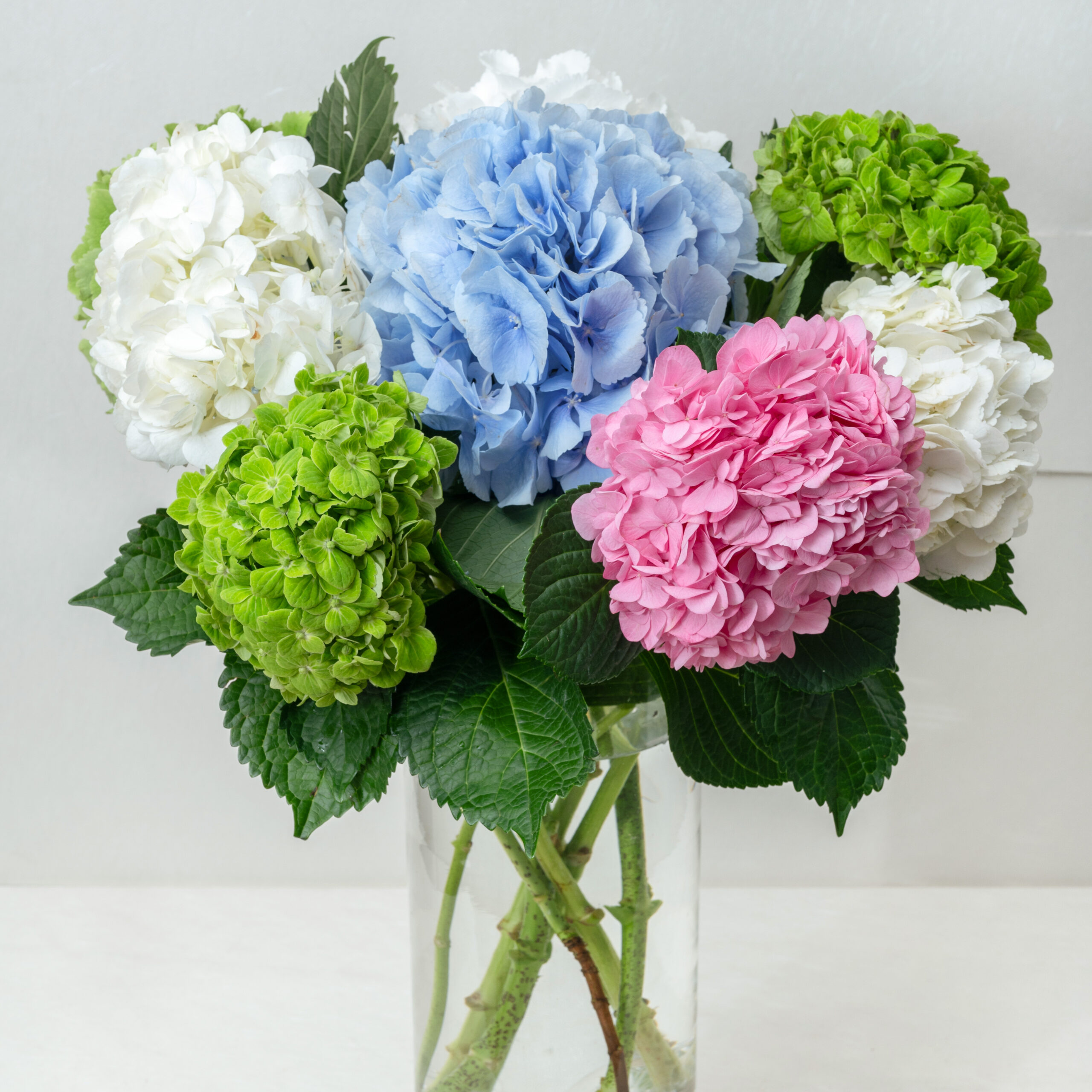


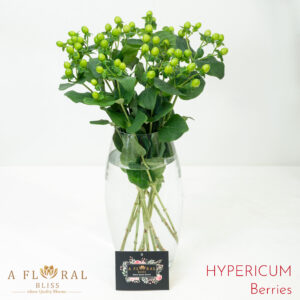
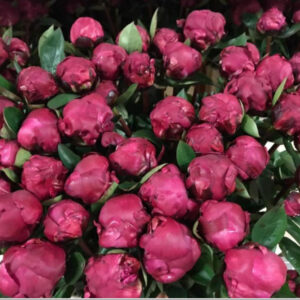
Reviews
There are no reviews yet.